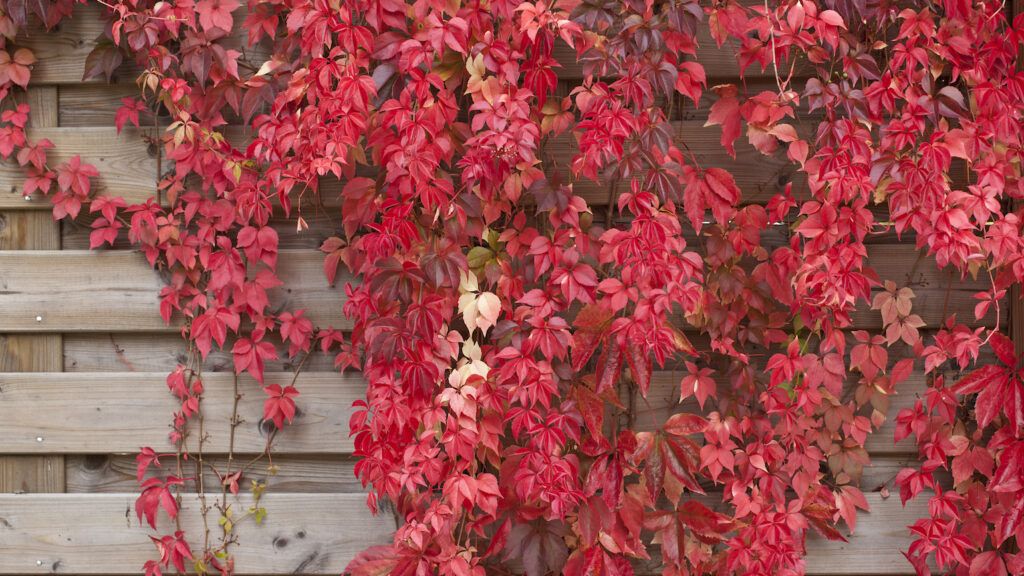The Virginia Creeper. I mean, if ever there was a plant name that screamed “invasive” to the New England native landscape, that’s it.
And the plant is invasive, in the sense that it will help itself to any space it can get. It grows easily in almost any soil and weather condition. It creeps up and around and through and between brush, flowers, trees and even telephone poles.
That said, there’s a good-faith argument to be said that Virginia Creeper is like any weed—intrusive and maddening to those who don’t like it, but enjoyable and attractive to those who desire its green summer fullness and flame-red fall foliage along fences and up trellises.
Recently, I had the chance to spend some time in the former camp, helping to clear the creep out of an area where native brush is being smothered by the vines. Over time, left unchecked, Virginia Creeper would out-compete every other species that’s greening the landscape. And a monoculture, where just one thing is growing, is never good news for mammals, pollinators or human beings.
So I donned long sleeves and garden gloves and got to work, scanning the edge of the brush field for the clusters of five pointy, serrated leaves and tiny berries that are tell-tale Virginia Creeper hallmarks. I quickly got the memo that a tug on the end of the vine was not a helpful technique—the vine just snapped off, leaving its long tail happily ensconced deep in the brush.
I learned to tug, then adjust my grip, reach into the brush, grab and pull again. Using this method, I often was rewarded with several feet of vine. And sometimes, a huge yank yielded with a satisfyingly deep “pop.” I felt like a magician with an endless handkerchief, pulling hand over hand. I watched the main vine slip into the brush and disappear momentarily, only to emerge as a huge, multi-branched mountain that I added to a delightfully gigantic pile that would be hauled away.
In those moments, I’d stop to catch my breath—both because it was hard work and because I was awestruck by the immediate openness, airiness and even refreshment that I sensed in the brush that had been freed of its creepy companion. Sometimes, a well-timed breeze made the branches wave freely and with ease, an impossibility under the weight of the creeper vine.
I was reminded, in those quiet breaths between the raw, frenetic activity of ripping out the vines, that every living thing thrives when it has space. When we remove what’s not helpful or wanted, what’s smothering or crowding us, we are renewed and given the opportunity to regroup and reset.
The creeper still has plenty of its space, believe me. Removing it from the part of the landscape I could reach that day didn’t mean permanent freedom from its powerful vine. But doing what I could to open up the brush, help it reclaims some of its space, left me deeply satisfied and contented, pleasantly tired and luxuriating in the deep breaths that I felt I was sharing with the growing things that had a new chance to wave in the breeze.






